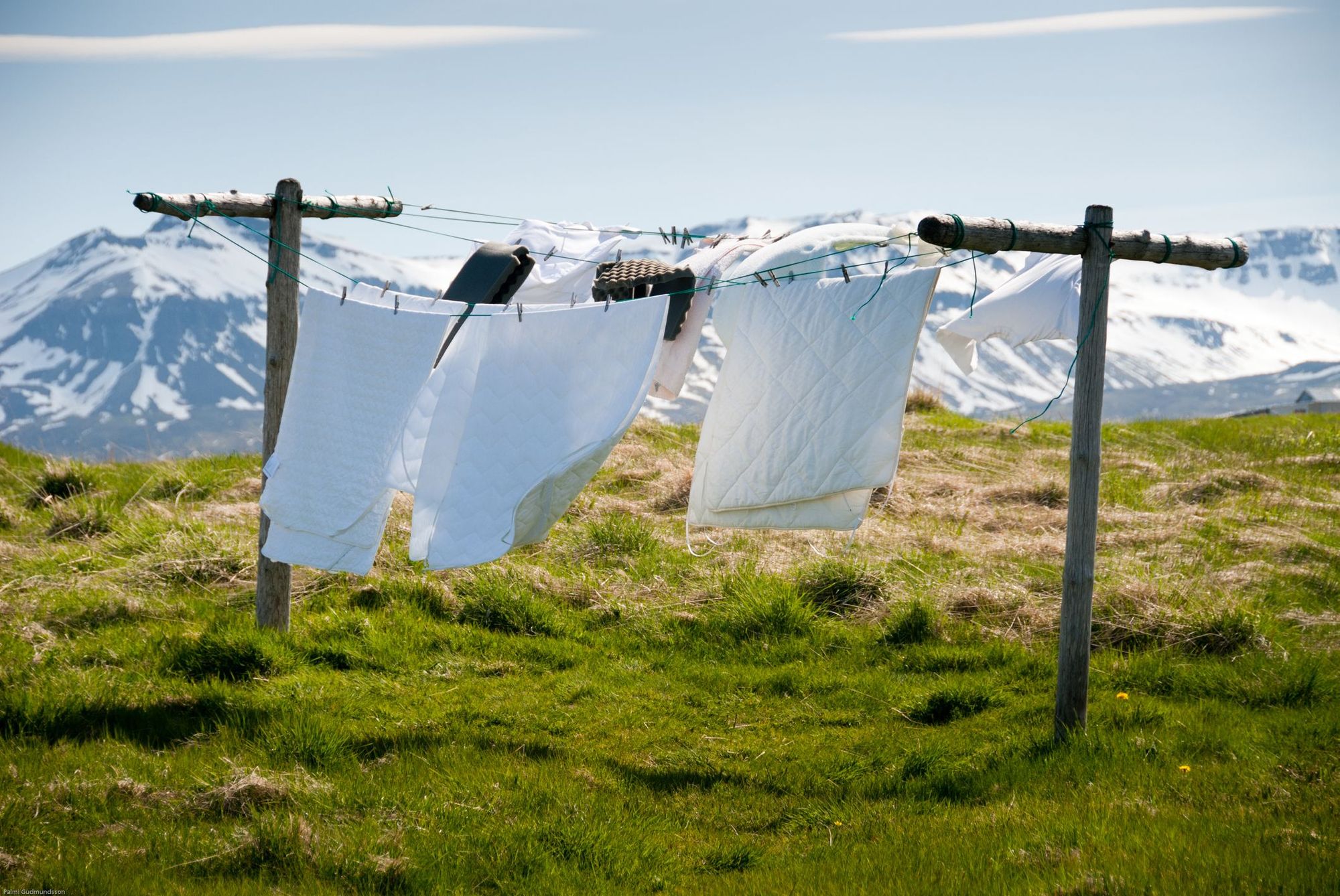Do you know what we mean by ‘outdoors smell’? When someone comes in from a walk outside, and you can smell a sweet, fresh smell that clings to their hair and clothes? In Iceland, a word has been created to describe it: útilykt.
“One thing we as Icelanders really really love is hanging our laundry outside. My wife puts our duvets outside, so when we go to sleep there’s a freshness to it, so that’s definitely bringing your útilykt indoors,” explains Ívar Finnbogason, Head of Operations at Icelandic Mountain Guides.
There has even been a study, conducted by molecular chemists, into why exactly line-dried laundry smells so good. They discovered that it produced a number of pleasant-smelling organic compounds, including pentanal (which is found in cardamom, and octanal, which releases a citrusy aroma.
There’s something about that útilykt smell that Ívar, and many others, find comforting, even as they struggle to explain why. We investigated this elusive ‘outdoor’ smell, to discover why it’s so important to our wellbeing.
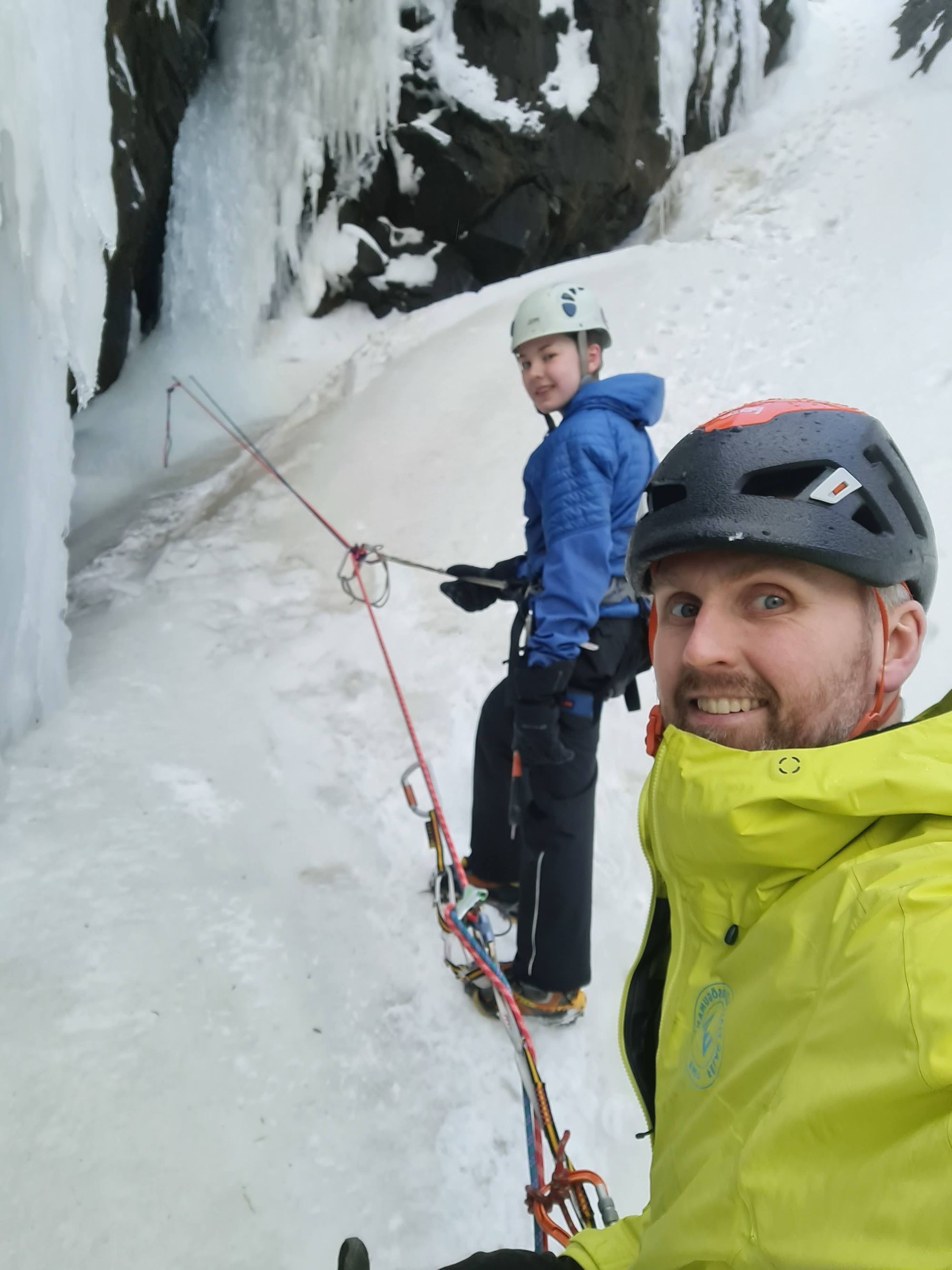
What is Útilykt?
Ívar referred to útilykt as a “relatively new word”. In Icelandic, an ancient language similar to Old Norse, there are linguistic planning committees devoted to creating words for everything from knitting to technology. Icelanders ‘recycle’ old words that have fallen into disuse, and combine them with others to create new ones. Útilykt literally translates as “out-smell”.
“I hadn’t heard it before, actually, but as soon as I heard ‘Útilykt’ I could relate to it,” Ívar says. “Because we’re a small nation, and we have similar backgrounds, we sometimes have words which are a little hard to explain to a foreigner but which we understand. Another example is elves. We have a common idea about how an elf looks. We don’t really have pictures of them or drawings of them to relate back to, but when we say someone is ‘elf-like’, everyone understands.”
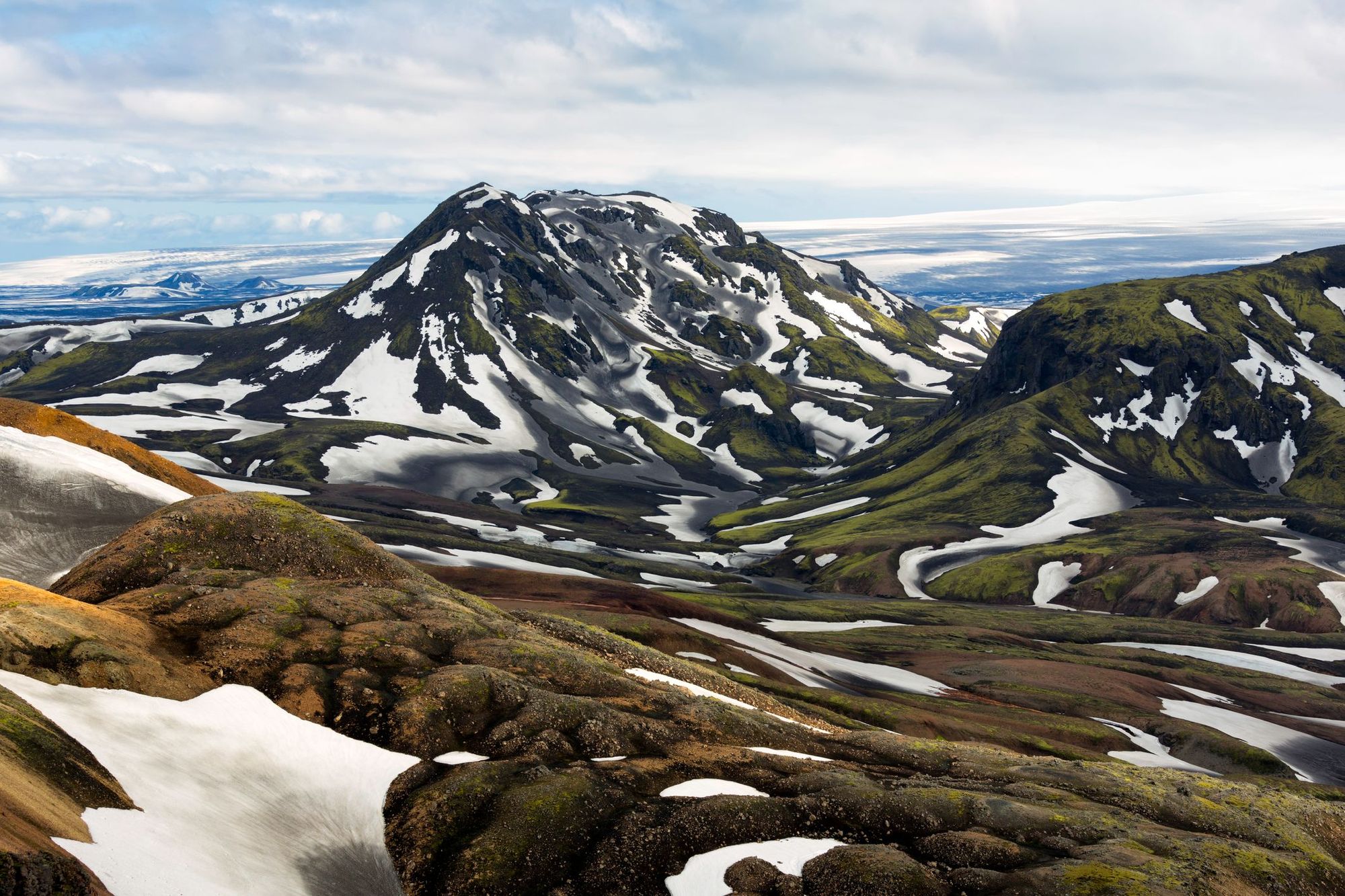
So, what does Iceland smell like? What springs to mind for us is the sulphurous steam of the fumaroles on the stunning Laugevagur hiking trail, and the clean-yet-bitter smell of its snow-streaked mountains.
“Every country has a smell. It’s not distinctively the smell that I think people are often referring to; it’s more like how you feel when you are smelling something,” Ívar says.
“For me, snow is my favourite smell of the outdoors, because I like skiing, I like winter activities. I go outside my home and I can just tell that snow is coming. I don’t think it’s a smell; I think it’s moisture in the cold air. But sometimes, you sense it.”
Útilykt quite often isn’t a smell, it’s a feeling that your nose is detecting
According to olfactory scientist Pamela Dalton, there are three conditions that enable you to interpret the smell of snow. When temperatures drop to freezing, you smell fewer odours outside, leading to a sensation of ‘freshness’. The air is also more humid, which boosts your olfactory system. And finally, the cold air is sensed by your trigeminal nerve, which interprets cold and hot sensations, from minty gum to spicy chilli.
On the way to your limbic system, smells pass through your amygdala and hippocampus, the regions of your brain that are associated with emotion and memory. So Ívar associates the smell of snow with positive experiences skiing in the mountains, which is why it is such a pleasurable sensation for him.

“Útilykt quite often isn’t a smell, it’s a feeling that your nose is detecting,” Ívar says. “Sometimes it happens when I’m doing stuff outdoors and it begins to get dark. I teach courses in the autumn, and you’re still out at seven and people start putting on the headlamps. I think what happens is your body starts preparing for sleep - your body temperature goes up a bit. That gives me a really strange feeling of comfort,” he says.
How to Embrace Útilykt
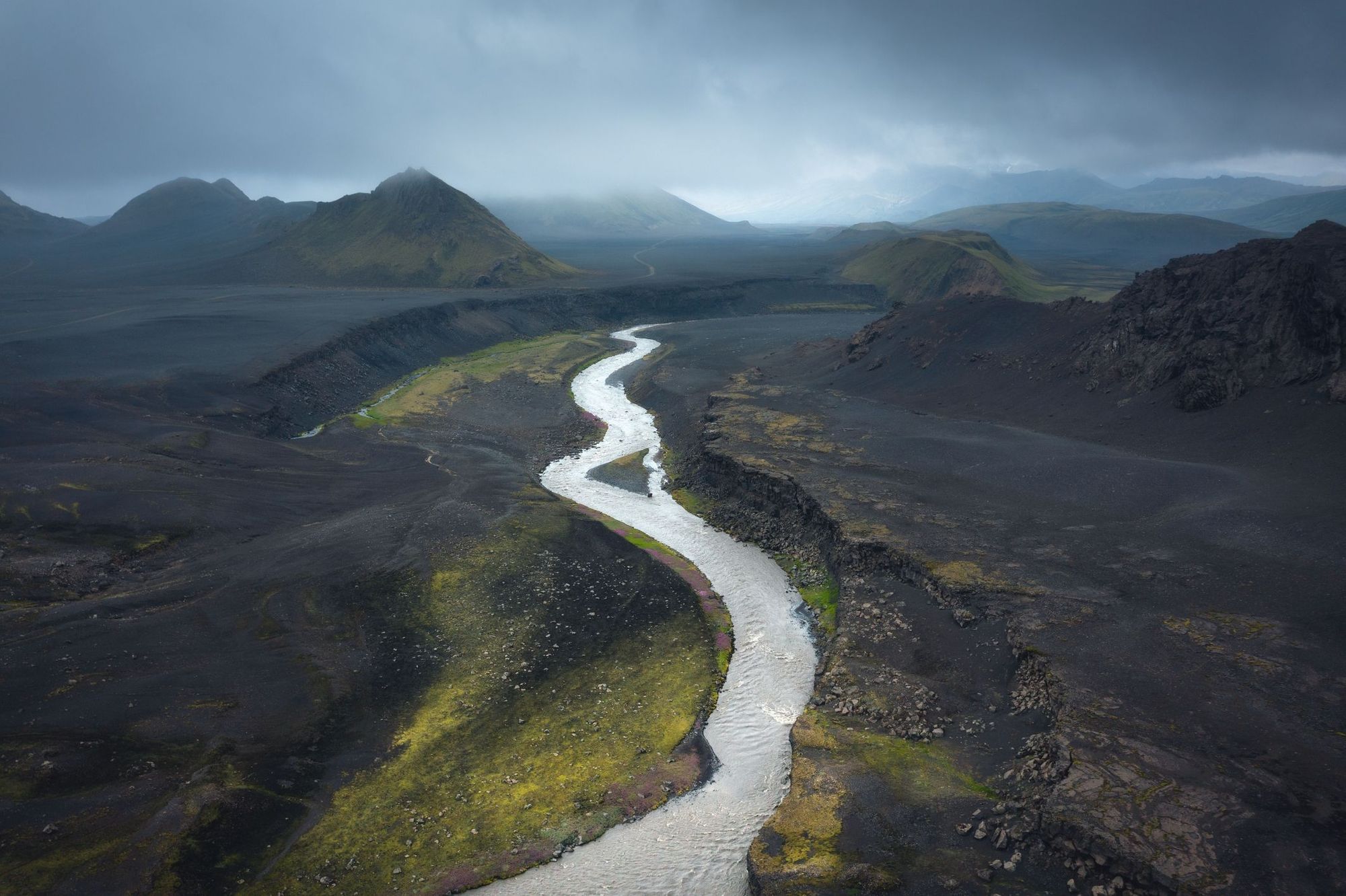
We experience the world through all five senses, but we tend to focus most on the visual. Smell, in particular, is disregarded - Helen Keller once referred to it as “the fallen angel of our senses.” However, natural smells are now known to improve wellbeing. A recent study by the University of Kent sent participants into a nearby woodland across all four seasons. They reported feeling relaxed, comforted and rejuvenated by scents they described as ‘fresh’ and ‘earthy’, some associating it with memories of childhood.
You realise how nice that can be, camping out with friends, to have this embracing darkness, rather than it being bright all the time
The smell of freshly cut grass is often a signal that summer is here, conjuring up images of carefree sunny days. But útilykt isn’t just about enjoying the warmer weather - it’s also about finding comfort in the winter darkness and the changing of the seasons.

“The summer in Iceland is great. It’s not too hot, the days and nights are bright, and there’s a certain kind of magic to that,” Ívar says. “But there’s also a certain magic to coming into late August, when it starts to get dark at night. You realise how nice that can be, camping out with friends, to have this embracing darkness, rather than it being bright all the time.”
Embracing útilykt is about engaging with nature on a multi-sensory level, about appreciating its textures and smells, as well as its visual appeal. But it’s also about understanding nature’s unpredictability, something that is particularly true of Icelandic weather.
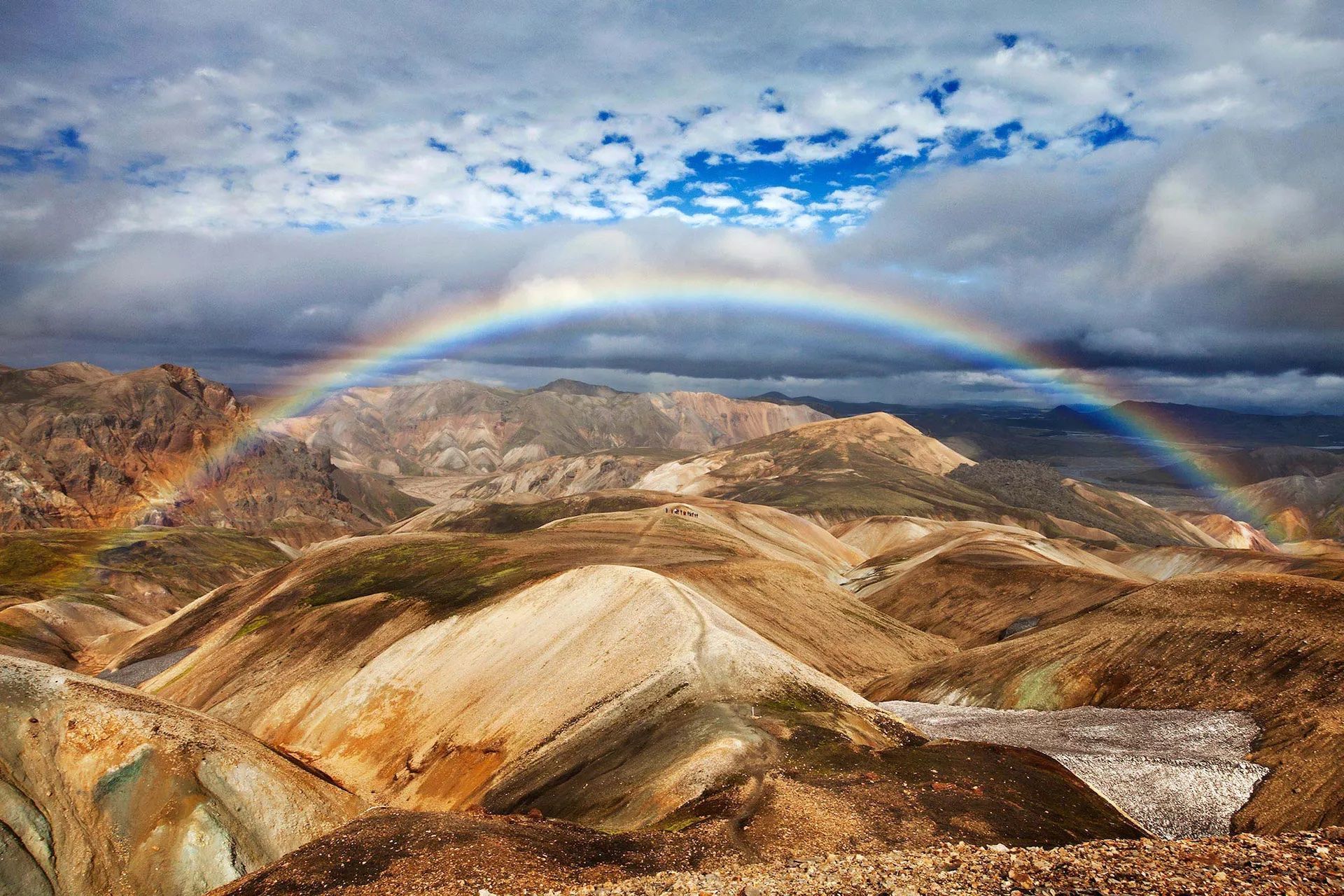
“Our bad weather is different. I’ve been climbing abroad and someone says, ‘there’s a storm coming, we need to go back to the hut.’ And then an hour later a bit of rain passes over, and we’re like, ‘storm’? Because a storm in Iceland is strong winds, it’s like over 25 metres per second, so it would rattle cars. We will definitely not continue into what we consider as bad weather,” Ívar explains.
Most Icelandic people, he says, don’t necessarily have a romantic or spiritual connection to nature. But what they do share is a respect for it, developed over generations of farming and fishing. As Ívar says, “we don’t have to go very far back to find a relative who has strong ties to nature through their work.”
The concept of útilykt is bound up in both the comfort and predictability of seasonal change, and a healthy respect for those elemental, stormy days.
Inspired? Come with us to Trek the Laugavegur Trail in Iceland either going hut-to-hut or camping, or check out the rest of our Iceland hiking adventures.


